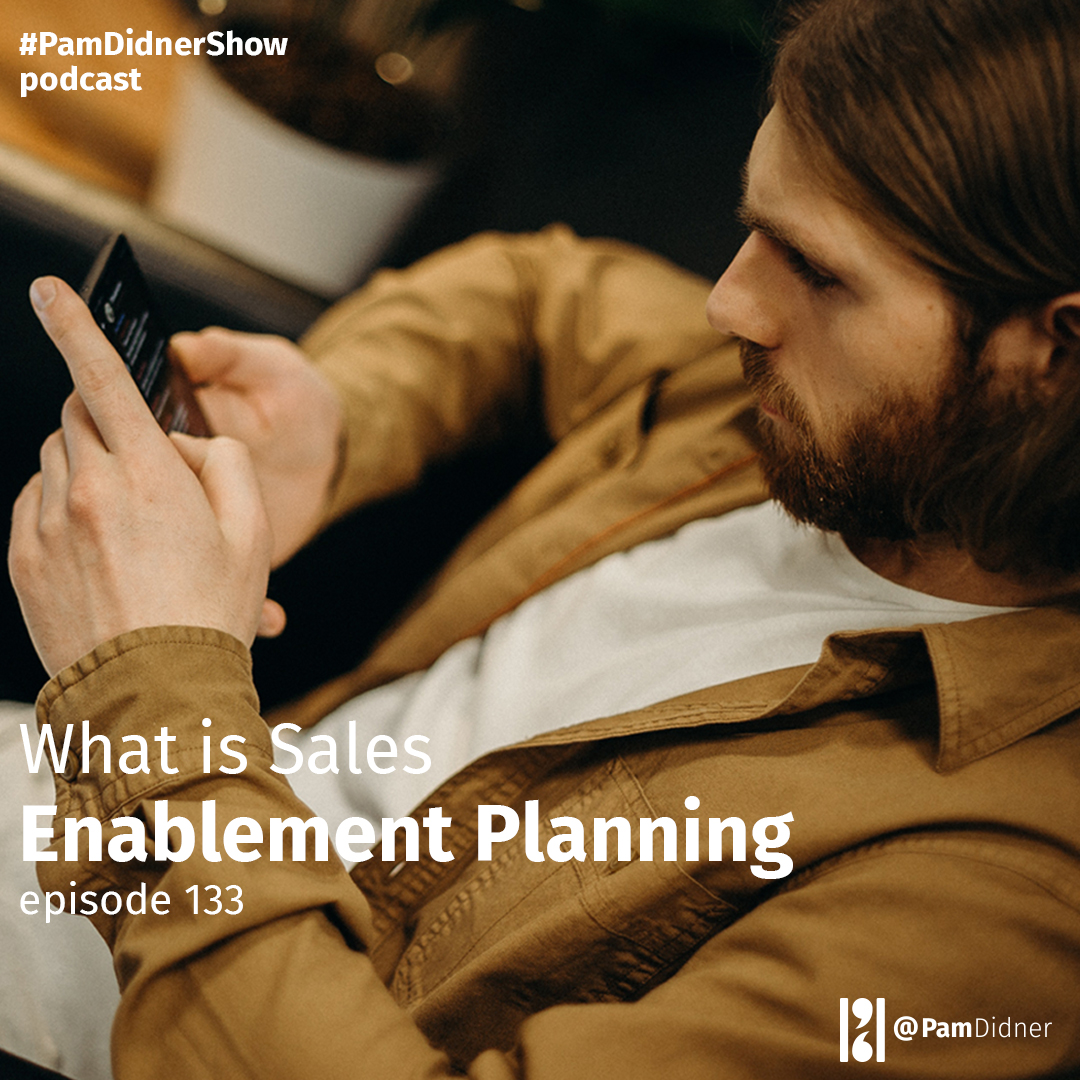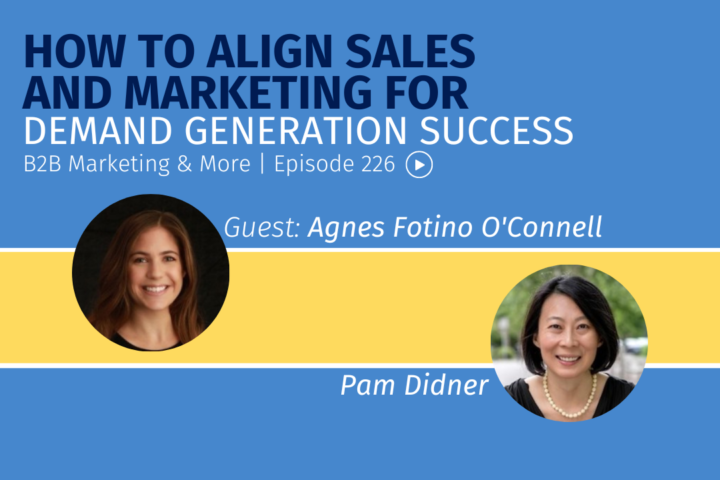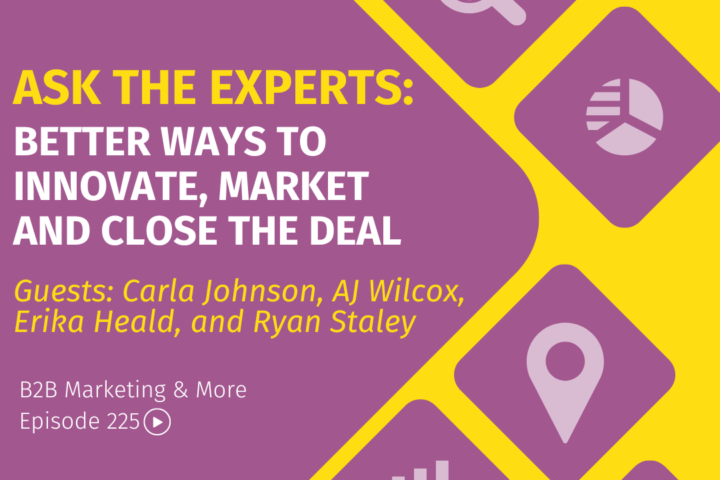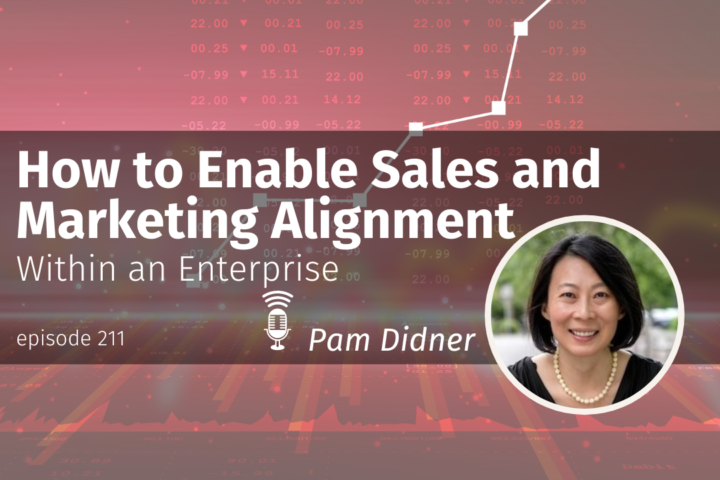
I received an interesting question the other day: “Hey Pam, what is your approach of creating a sales enablement plan?”
Great question. I actually have a workshop on how to create a scalable global content marketing plan. So there are some similarities between creating a marketing plan and a sales enablement plan. The bottom line is a certain kind of element, or what I call “the skeleton” of the plans stays the same. So let’s talk about this a little bit more.
The first thing I want to get clear is the purpose and the audience of the plan.
This is something you should always know. Who are you creating the plan for? And also what is the purpose of the plan? Any plan tends to be for internal communication and usage. We create a plan to get buy-in from management so that we can get budget and headcount and/or we create a plan to rally the internal and external teams so we can move toward the same direction to achieve the same goals.
And most of us create the plan to let management know what we are going to do and to accomplish the overall company goals. So, with that in mind, your plan should be short and get-to-the-point.
Here are some things I would include in my plan.
Make sure your sales enablement plan ties in with the company’s sales objectives.
Let’s assume sales enablement is part of the sales operations. You need to be sure that you are able to show the connection between your objectives and company business objective. The key is to show management what you do does have an impact on sales as a whole.
Categorize your tasks into initiatives or strategies.
We all have tasks that we do. I’ve come to realize that management doesn’t want to understand the laundry list of things we do on a daily basis. Is it possible to elevate them to a higher-level strategy? For example, the task you do is customer event management. But the key strategy is to scale ABM efforts to top 50 accounts. And the event management is actually one of the tactics underneath that. So Focus on communicating your strategies and initiatives with management and nest your tasks under that. So, don’t give them a list of the task that you have to do. That would just overwhelm them. They’ll literally shut off right there. “OK, that’s way too much information for me.”
Provide high-level key deliverables timeline.
Management wants to see the deliverables you get done. Please don’t show that you are doing a campaign from April to June. Show when they will see your first campaign result; is it on 4/30 or 6/30? So show the high-level key deliverable date, not just a bar to show “oh, I’m running a campaign from April to June.”
Identify metrics for each initiative and strategies.
For key strategies, what are the key results? What are the key success metrics? For example: to scale ABM to 50 accounts. Well, that’s good. Maybe your key results are 35 customer events, two ABM-specific campaigns that generate 50 leads. So you need to be very specific in how you measure success. And you make sure that your metrics can be tied to the initiatives and the strategies.
Communicate proposed budget and headcount.
Depending on where you are in terms of your planning stage, if you are at the initial planning stage you probably will need to propose the headcounts or the budgets needed to do your job. But if your plan is approved, I still recommend that you share your actual spend information with your management as a part of a planning update to show them not just the results and how much money you spent (are you over the budget or under the budget. It depends on which stages of planning you are in.
That’s my suggestion about sales enablement planning. Tie your objectives to sales objectives. Craft your strategy and initiatives. Articulate your key measurements and provide timely report outs.
So what does your sales enablement plan look like? I’d love to showcase your plan. I would love to share that on my podcast and or video. YouTube is the place to go and find my channel by typing “Pam Didner” and I’ll mention your name and give you credit.
Be well. And let’s talk again next week.
—————
Enjoy the podcast? Subscribe to the show on your favorite podcast platform or leave a 5-star review and subscribe to Apple Podcasts.
If you prefer watching a video, I also have a YouTube Channel, check it out and subscribe.
If you want to learn more, about sales, sales enablement, and sales enablement planning, check out some of the previous podcast episodes:
Who Owns Sales Enablement and B2B Marketing
Questions You Can Ask to Understand Your Sales Team



